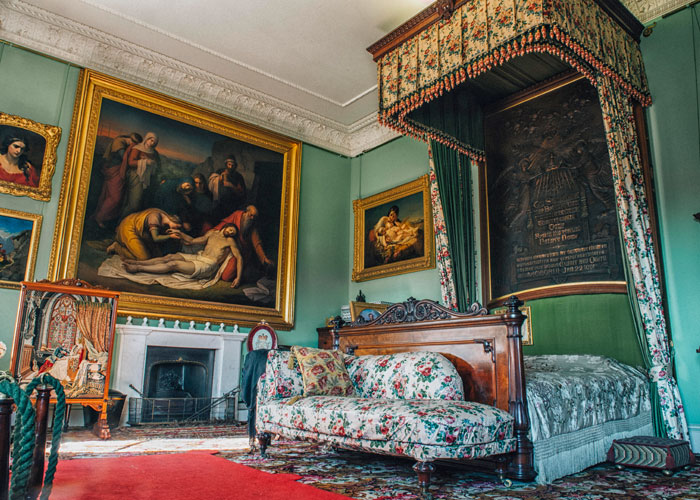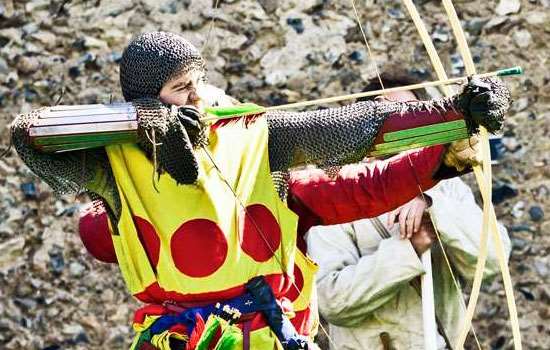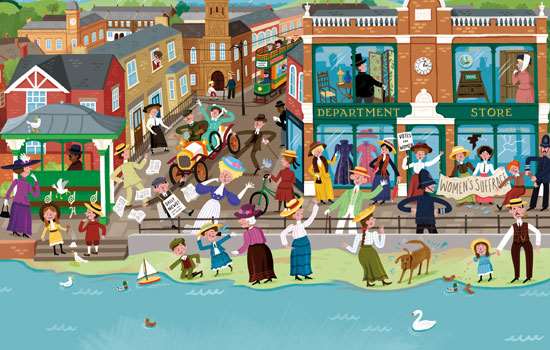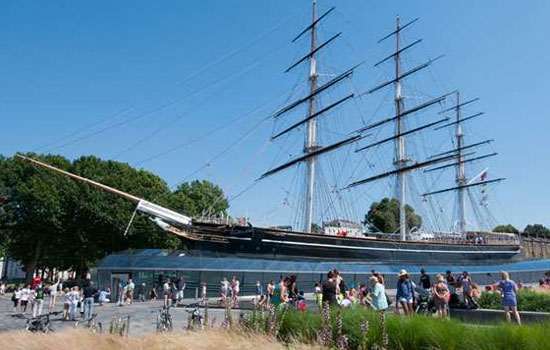
Queen Victoria and Prince Albert Quiz
Put your knowledge of Queen Victoria and Prince Albert to the test with our 20-question quiz.
-
1. How were Victoria and Albert related?
Answer: They were first cousins.
Victoria was the daughter of Princess Victoria of Saxe-Coburg-Saalfeld, also known as the Duchess of Kent. Albert was the son of Princess Victoria’s brother Ernest.
-
2. As well as being born in the same year, what other link connects Victoria and Albert’s births?
Answer: They were delivered by the same midwife, Charlotte von Siebold.
Charlotte von Siebold was a qualified obstetrician who lived in Germany. Her parents were both physicians and she graduated from Gottingen University in 1815. In addition to being a favoured midwife among Europe’s ruling houses, she also taught medicine and was a fundraiser for the hospital in her hometown of Darmstadt.
-
3. What was Albert’s title before marrying Victoria?
Answer: Prince Albert of Saxe-Coburg and Gotha.
Albert was the second son of Ernest I, Duke of Saxe-Coburg-Saalfeld, and his wife Louise of Saxe-Gotha-Altenburg. The Saxon Duchy of Saxe-Coburg-Saalfeld was closely connected with many European monarchies.
-
4. What year did Victoria and Albert get married? 1839, 1840, 1842 or 1845?
Answer: 1840
Victoria proposed to Albert on 15 October 1839. The couple got married on 10 February 1840 in the chapel Royal of St James’ Palace in London. In choosing to be married in a white dress, Victoria started a tradition that continues to this day.
-
5. What were the names of Victoria and Albert’s 9 children?
Answer: Victoria, Albert Edward, Alice, Alfred, Helena, Louise, Arthur, Leopold and Beatrice.
Victoria’s first child was born in 1840 and her last in 1857. She gave birth to Leopold and Beatrice using the new anaesthetic chloroform, which popularised the drug amongst the upper classes.
-
6. Which architect was employed by Albert to design the couple’s country retreat at Osborne?
Answer: Thomas Cubitt
Osborne was bought by Victoria and Albert in 1845 as a seaside retreat. The original house on the site was demolished and a new one was built. They cherished their visits to Osborne, and the house is decorated to their style and taste, making it a great place to visit to get a feel for the royal couple.
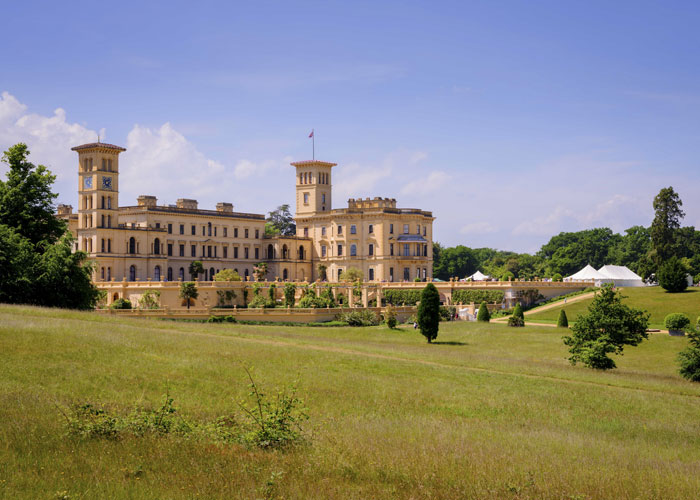
-
7. Osborne’s mild climate and its setting on the Isle of Wight overlooking the Solent reminded Albert of which European landscape?
Answer: The Bay of Naples.
Because of this, Osborne was designed like an Italian house, with a palazzo style, a picturesque silhouette with towers and flights of terraces connected with steps.
-
8. Answers
A. The Queen’s Bedroom
B. The Queen’s Sitting Room
C. The Queen’s Dining Room
-
9. What unusual action did Victoria do with Albert’s ear?
Answer: She had an ornamental plaster cast made of it.
Made around 1860, the cast was mounted on red velvet and an ebony base. It’s now on display in the Queen’s Bedroom at Osborne.
-
10. Which Australian building is closely modelled on Osborne?
Answer: The Government House in Melbourne.
William Wardell copied the ‘Osborne style’ to design Melbourne’s Government House in the 1870s. As the distinct architectural features of Osborne had become so closely associated with the British monarchy, it was considered appropriate to use it for the largest government house in the empire.
-
11. For what purpose did Albert build the Swiss Cottage at Osborne?
Answer: The entertainment and informal education of the royal children.
Built between 1853 and 1854, Swiss Cottage was a wooden chalet in Alpine style, and was used by the royal children as a play house and to also teach them how to cook, garden and keep house. They had a museum inside the cottage, grew vegetables in the gardens and played in a miniature fort next to it.

-
12. What public event did Albert inspire and champion?
Answer: The Great Exhibition of 1851.
The Great Exhibition was held in the newly built Crystal Palace, and its aim was to showcase new scientific and technological innovations. Victoria wrote in her diary on the exhibition’s opening day that, 'All is owing to Albert – All to him.' While this was a bit of an exaggeration, Albert was closely involved in the organisation of the event.
-
13. In what year was Albert granted the official title of Prince Consort?
Answer: 1857
Prior to this, Albert was known as HRH Prince Albert.
-
14. What did Albert have built for Victoria at Osborne in 1847?
Answer: A bathing machine, so she could swim in the sea.
The bathing machine was a hut on wheels that contained a dressing room and toilet, and that could be driven straight into the water so as to preserve the queen’s modesty. Victoria wrote in her journal in July 1847 that '[I] drove to the beach with my maids and went in the bathing machine, where I undressed and bathed in the sea (for the 1st time in my life)… I thought it delightful.'
-
15. How many assassination attempts did Victoria survive?
Answer: Eight
Seven would-be assassins tried to take Victoria’s life, with one of them, John Francis, trying twice. Only one of these attempts actually injured her, however – Robert Pate hit her over the head with an iron-tipped cane, which gave her a permanent scar.
-
16. Which of Victoria and Albert’s children had a sculpture studio at Osborne?
Answer: Princess Louise.
Victoria and Albert’s sixth child was a keen artist and sculptor. She had lessons with Susan Durant, Mary Thornycroft and Edgar Boehm, and was also the first royal to attend a public training institution, the National Art Training School. Some of her works are in the Royal Collection, as well as galleries in Leeds and London.
-
17. What was the official cause of Albert’s death in 1861?
Answer: Typhoid.
Albert was diagnosed by his doctor William Jenner as having typhoid fever on 9 December 1861. He died on 14 December at Windsor Castle, with the queen and five of their children present. Historians have queried this diagnosis, however, saying that the stomach pains Albert suffered with in the two years before his death could have been symptomatic of cancer, renal failure or Crohn’s disease, and be the actual cause of his death.
-
18. After Albert’s death, what nickname did the British public give to Victoria?
Answer: The Widow of Windsor.
Victoria’s extended withdrawal from public life after Albert’s death led to criticism from many of her subjects, who felt that she was damaging the monarchy. One person even pinned a notice on Buckingham Palace stating 'these commanding premises to be let or sold in consequence of the late occupant’s declining business.'
-
19. The Albert Memorial in Kensington Gardens was unveiled by Victoria to commemorate her husband in 1872. But what is its official name?
Answer: The Prince Consort National Memorial.
This Gothic-style memorial commemorates Albert’s interests. He’s pictured holding the catalogue from the Great Exhibition, and it is decorated with figures representing the arts, commerce, manufacturing, engineering and architecture.
-
20. What did Victoria continue to do for Albert until her own death in 1901?
Answer: She had a set of clothes laid out for him every morning, and a bowl of hot water for shaving.
Victoria also wore black mourning clothes for the rest of her life, although she was buried wearing a white dress and her wedding veil.
